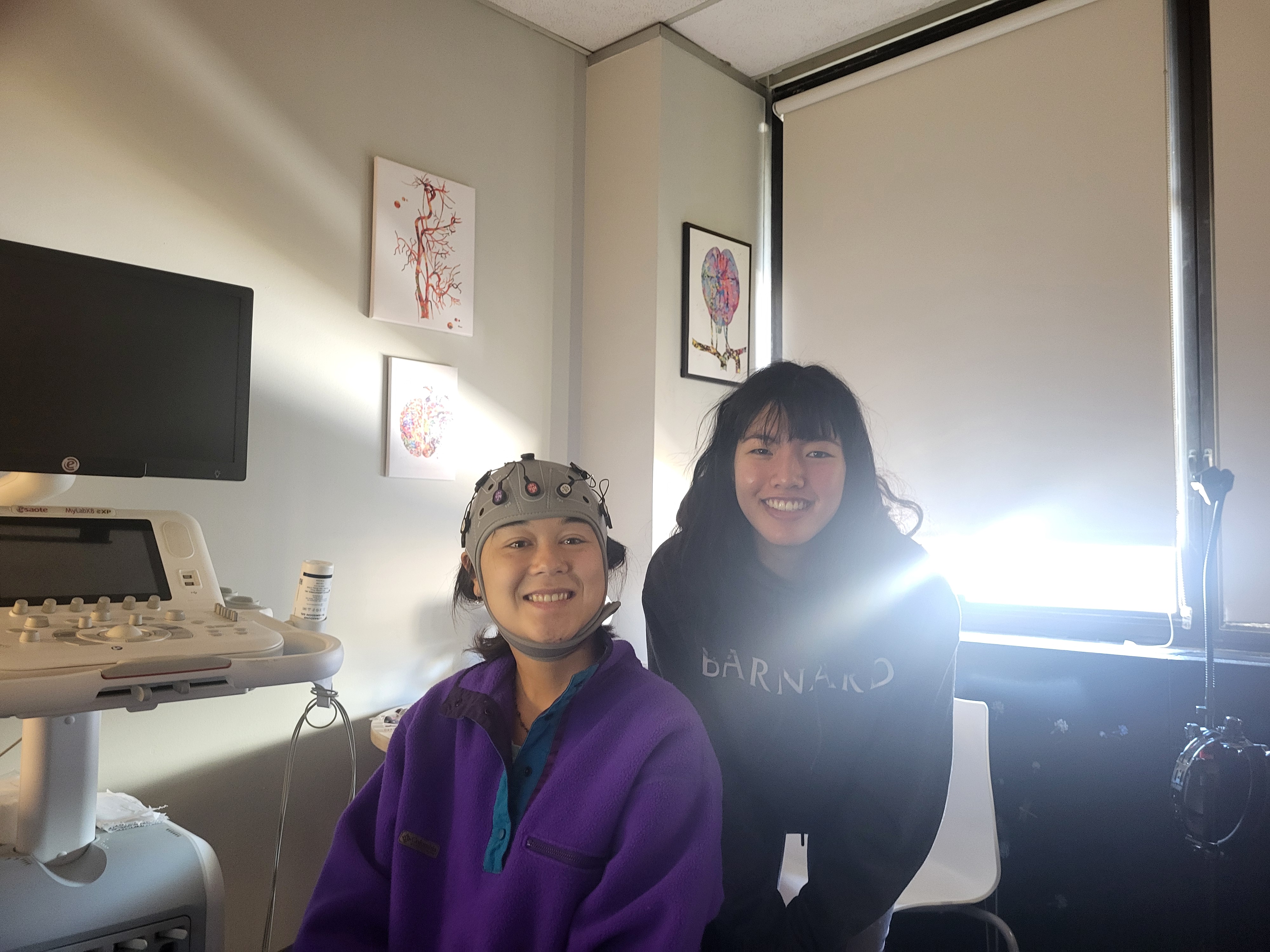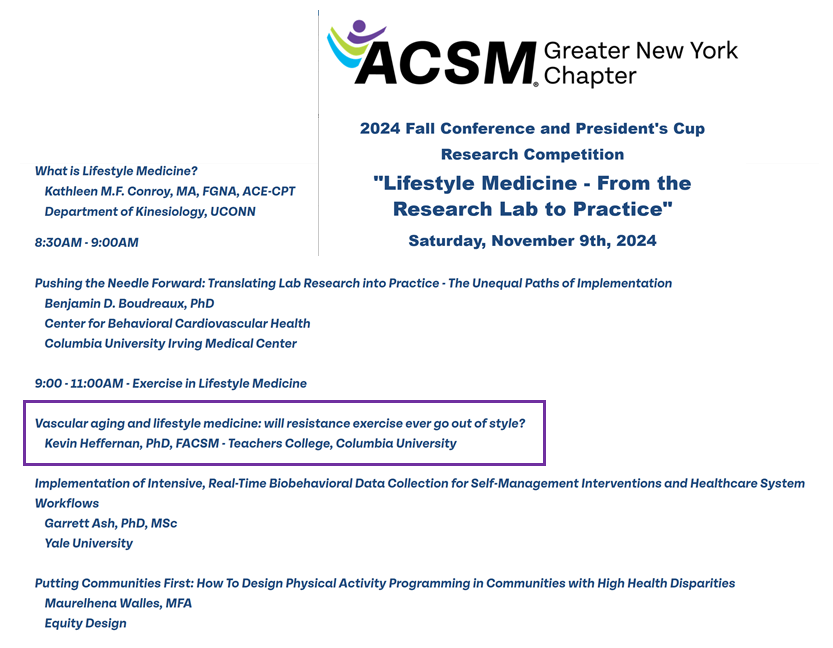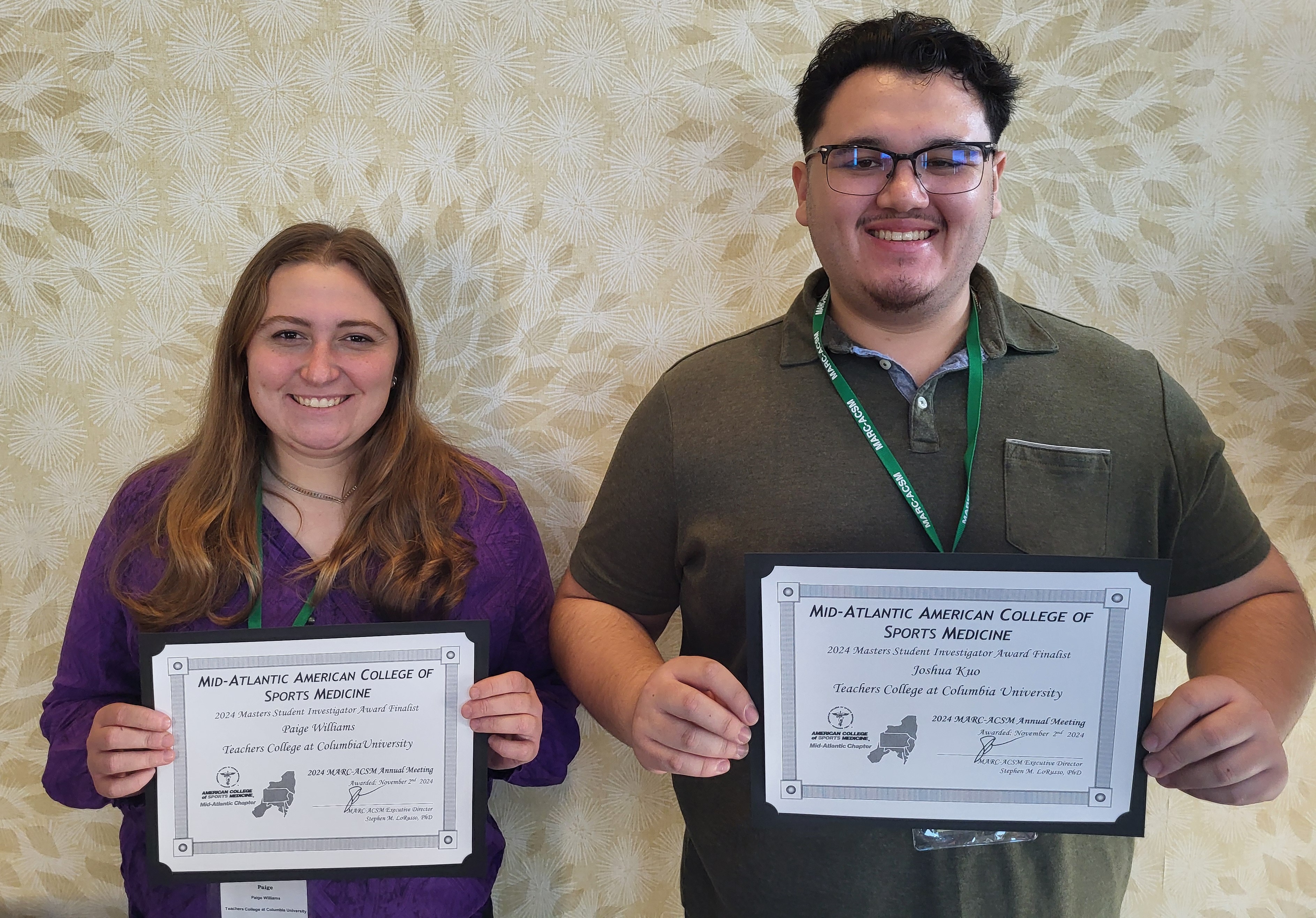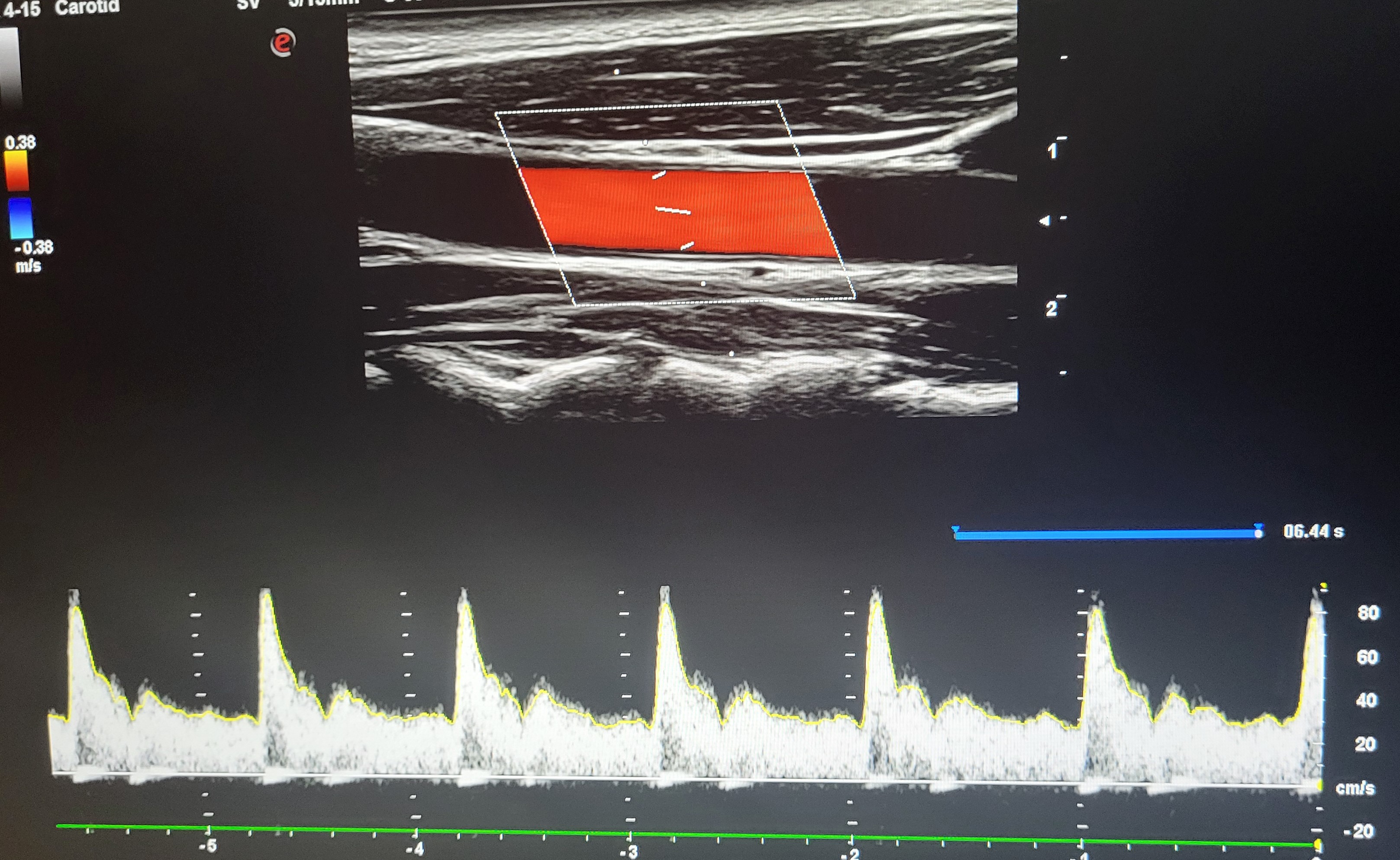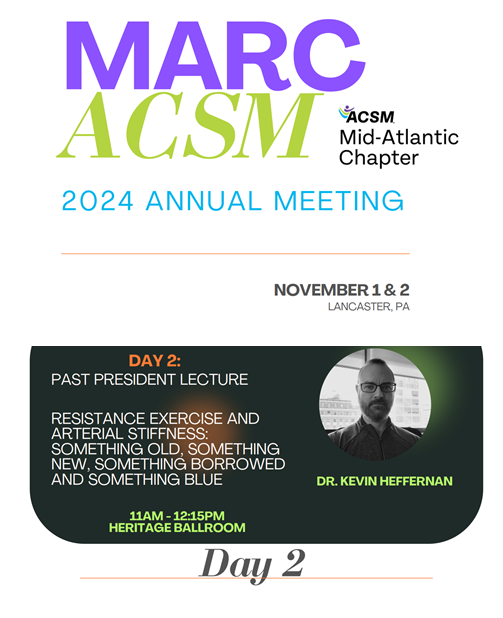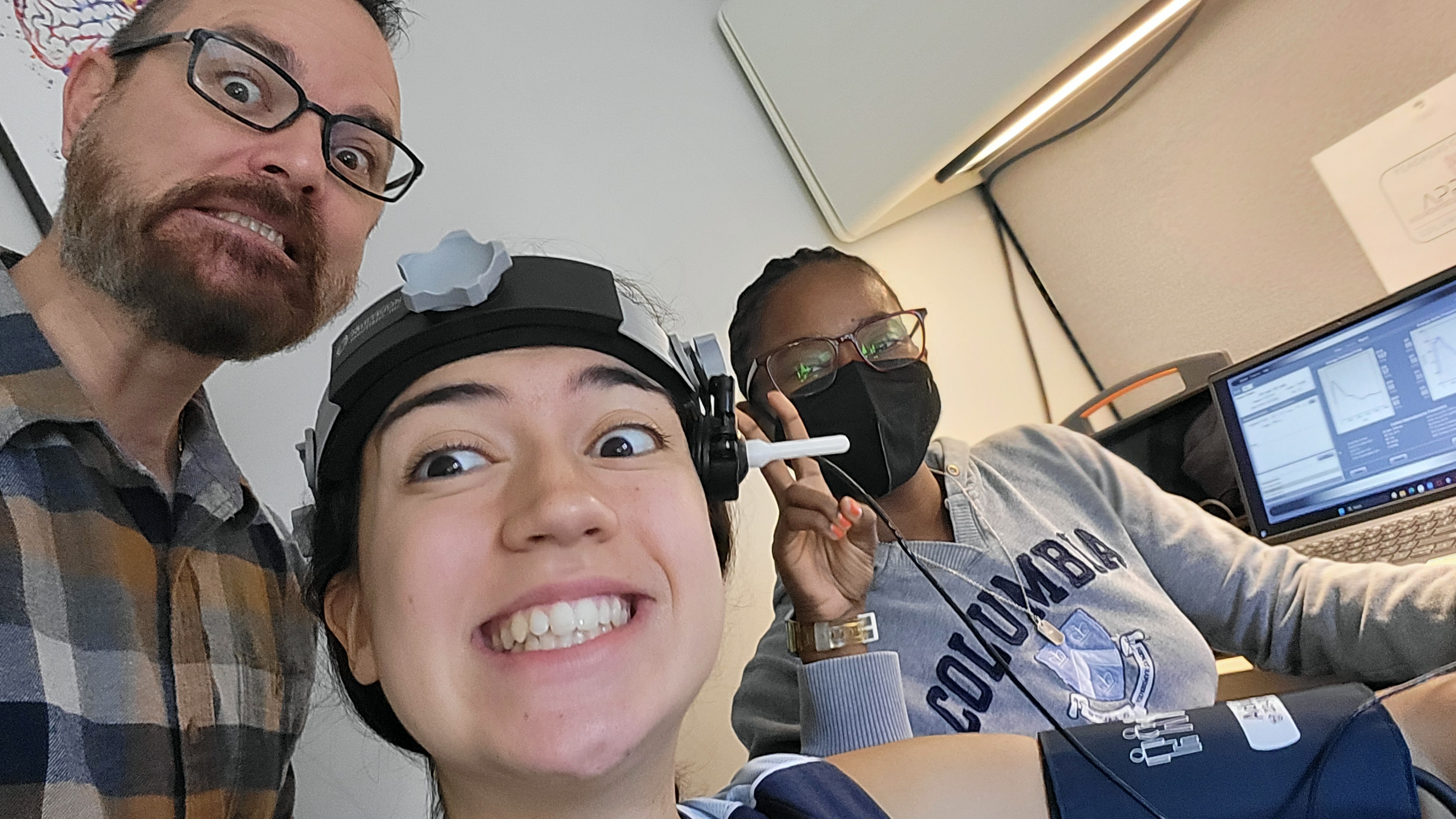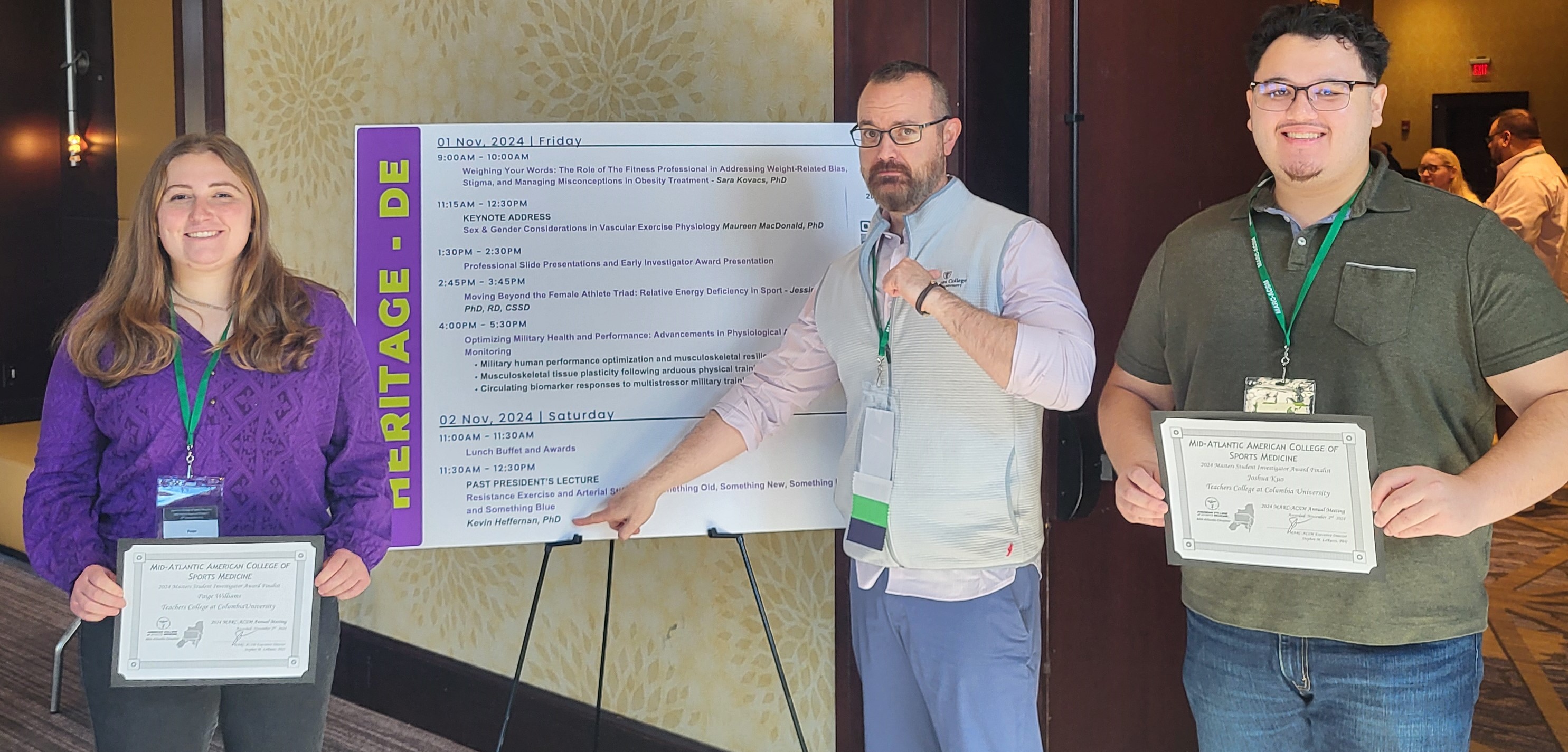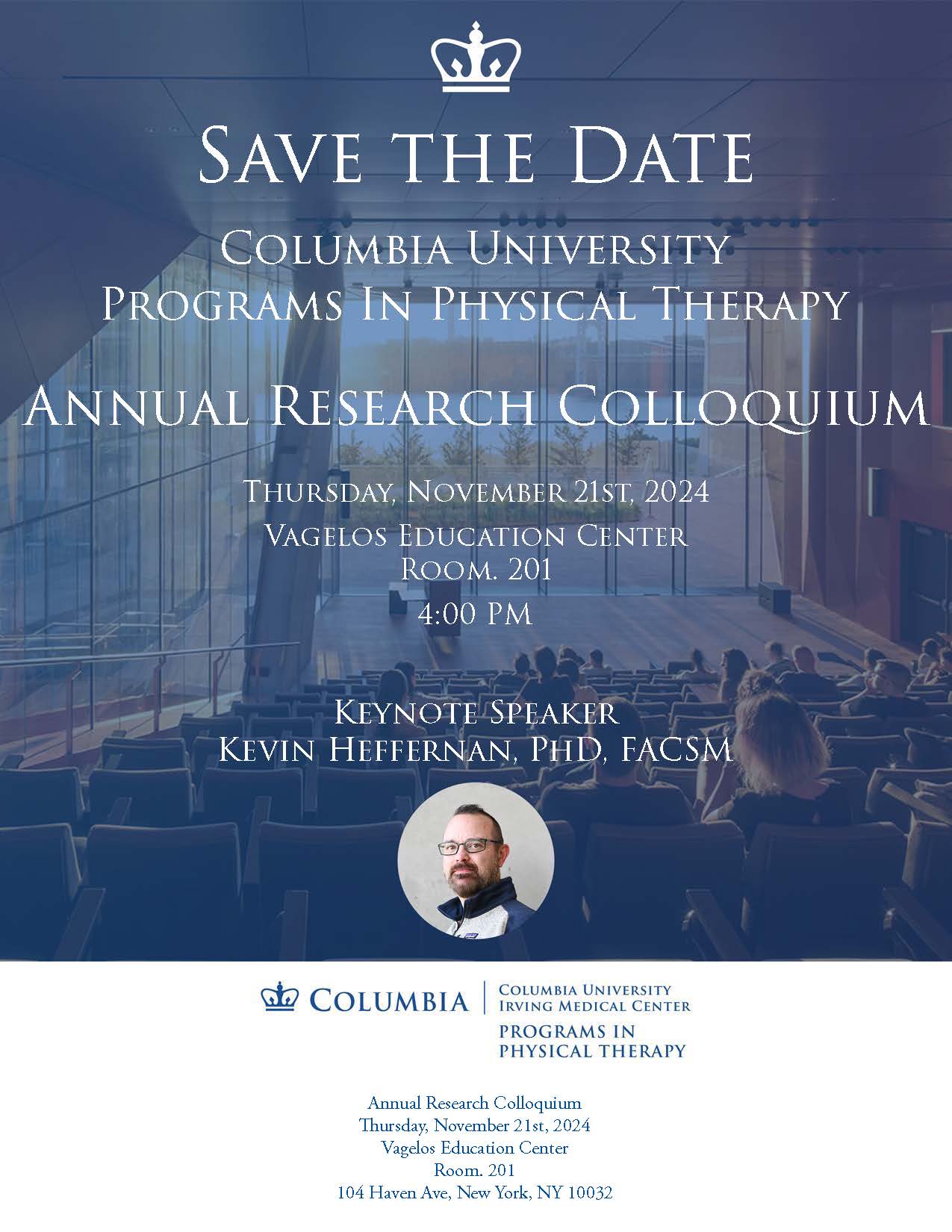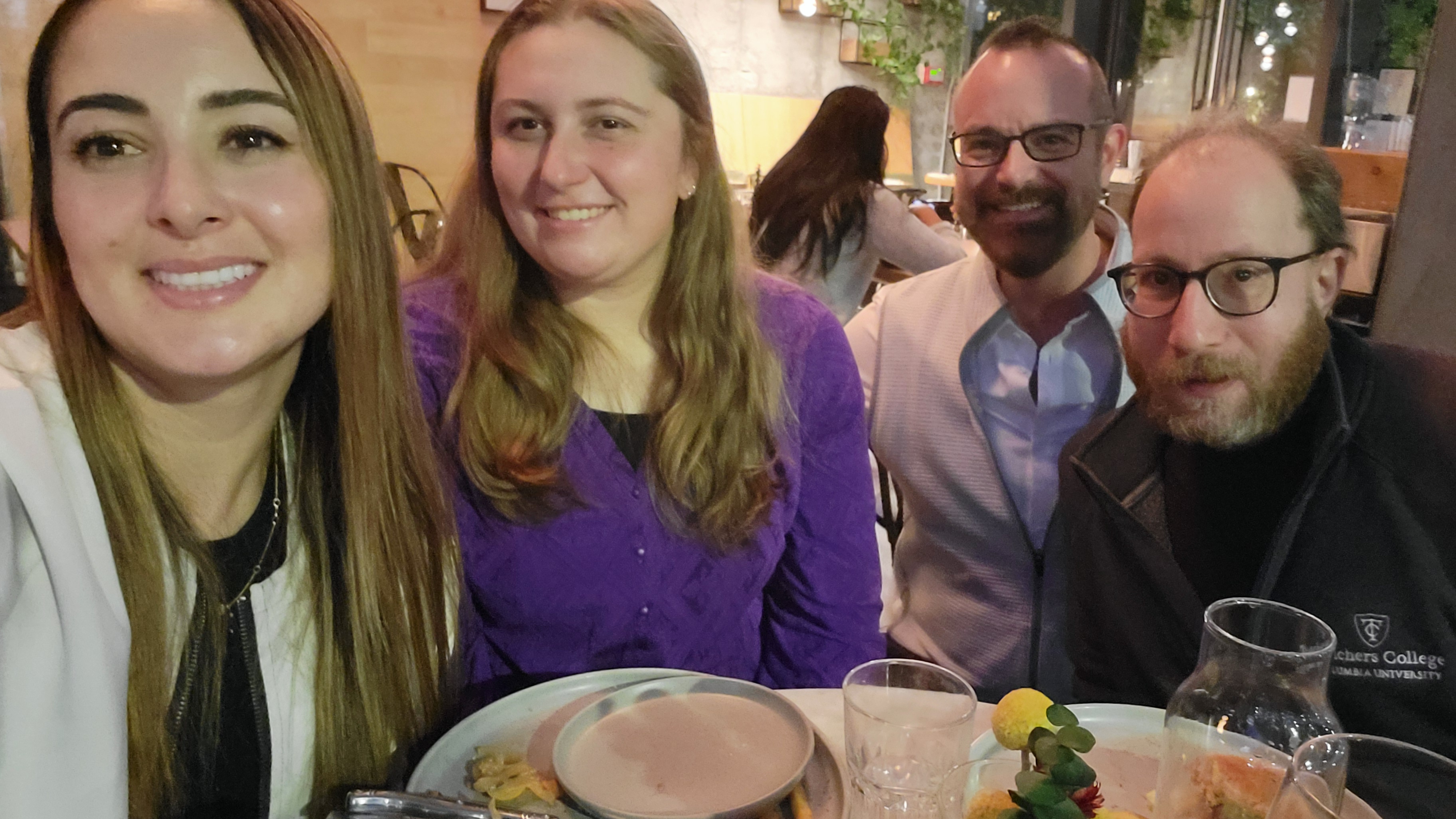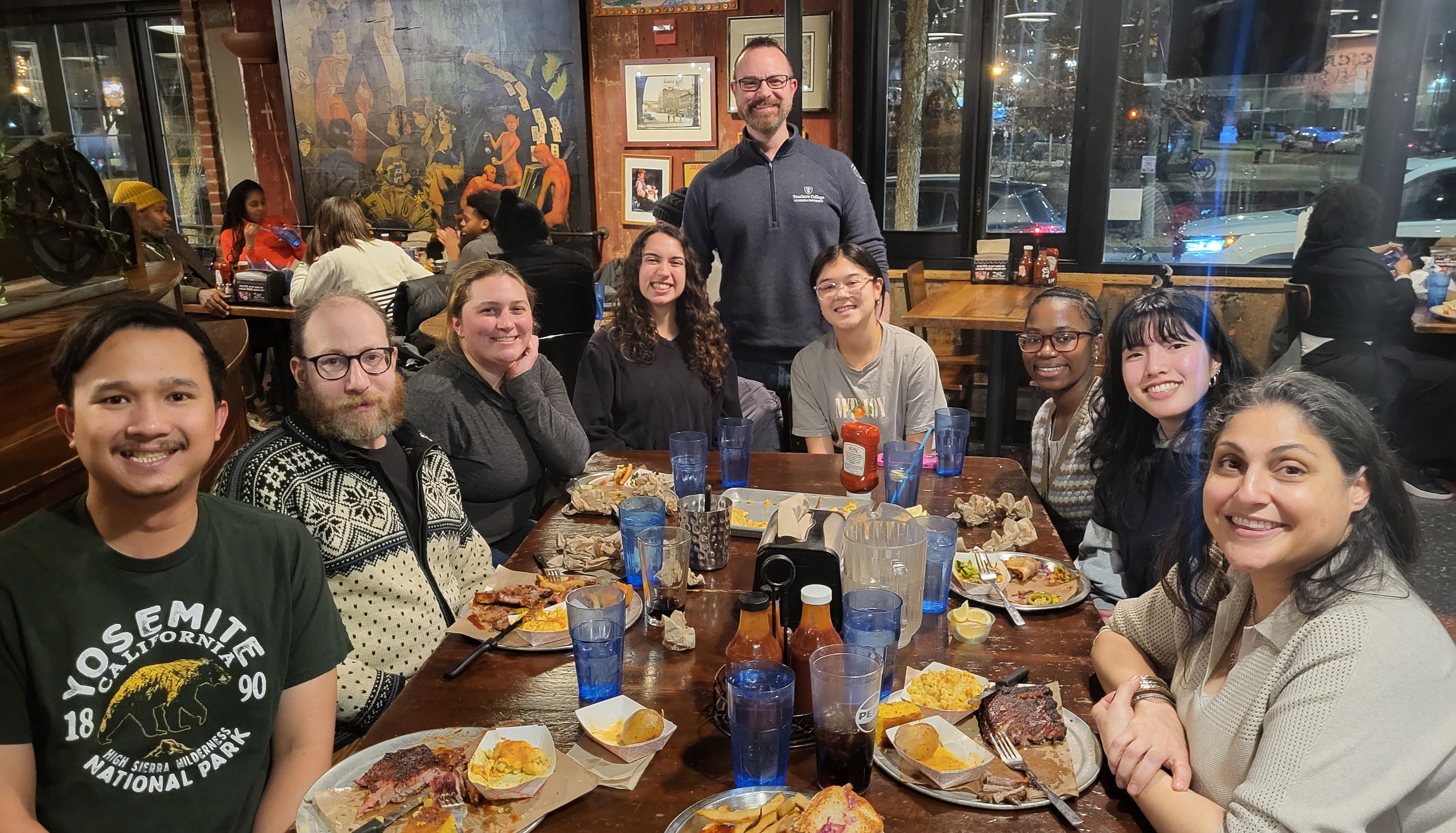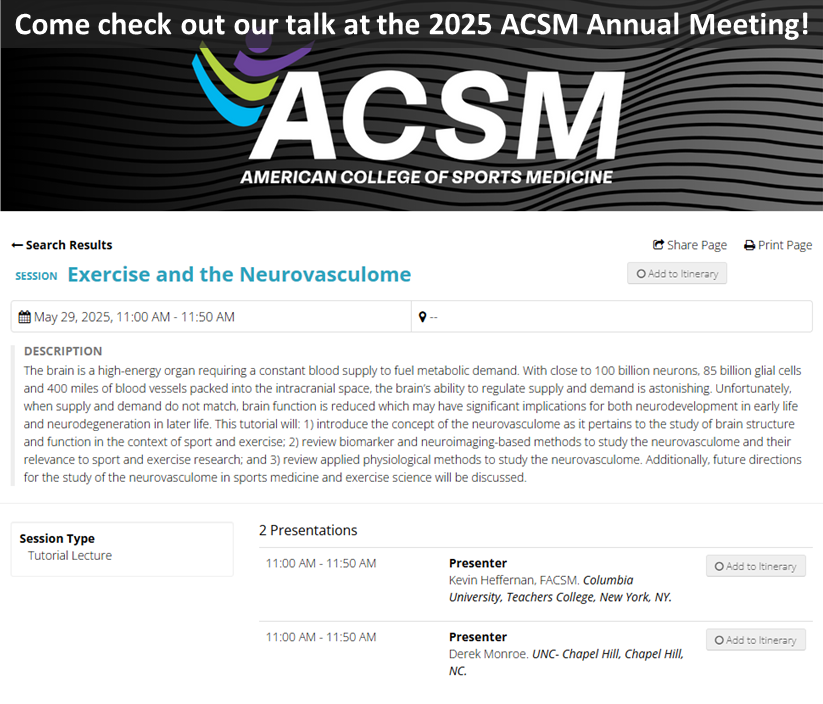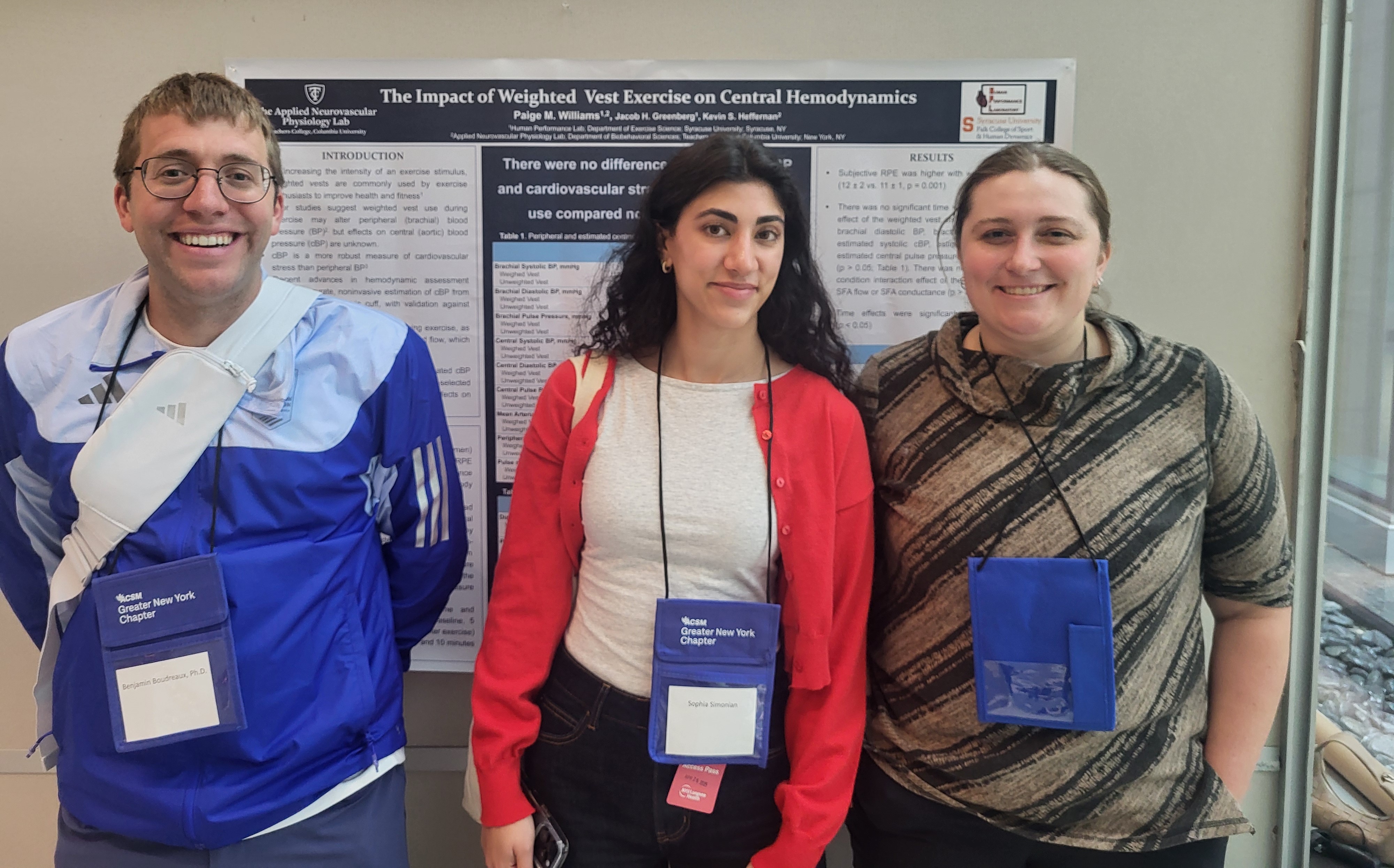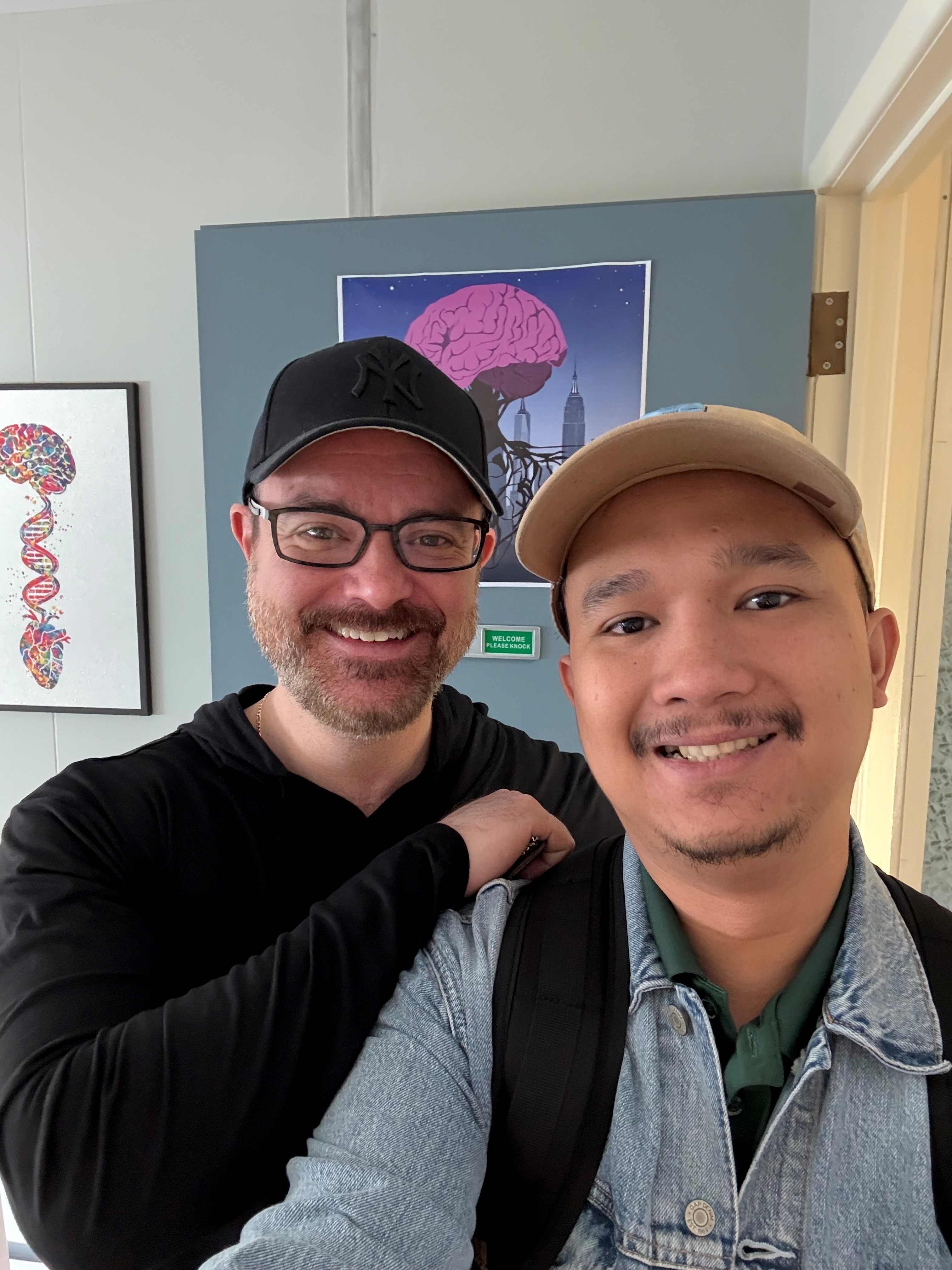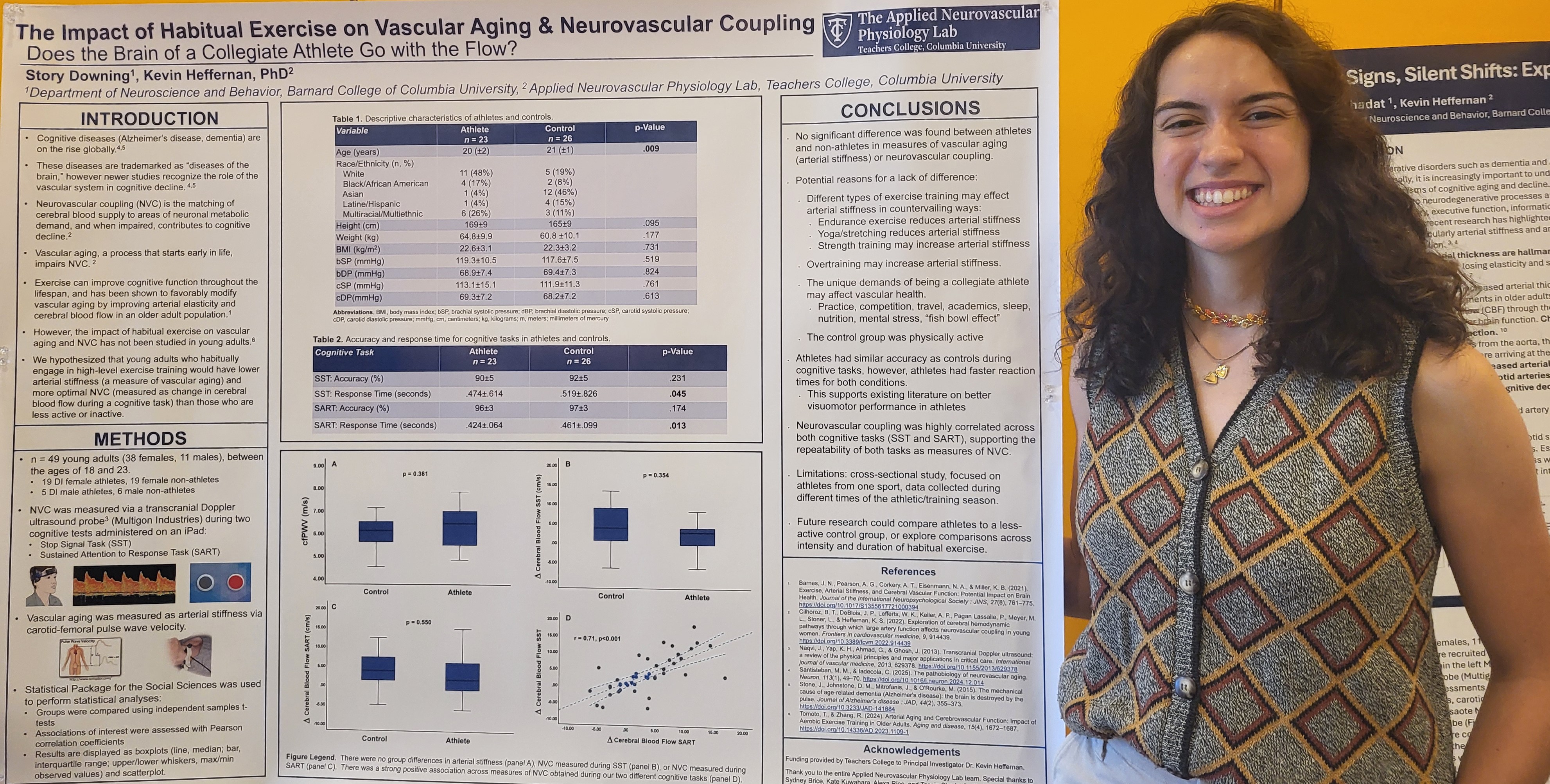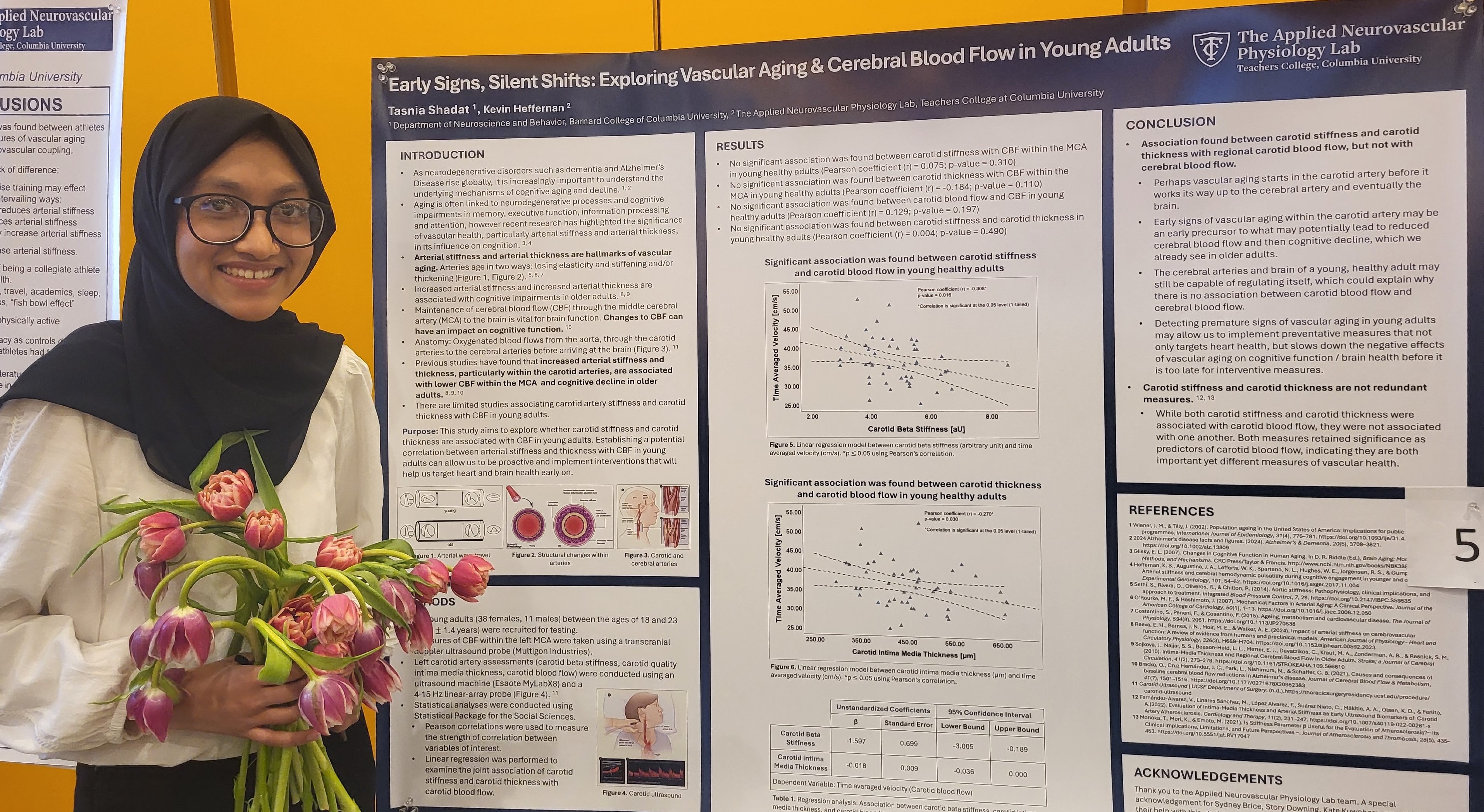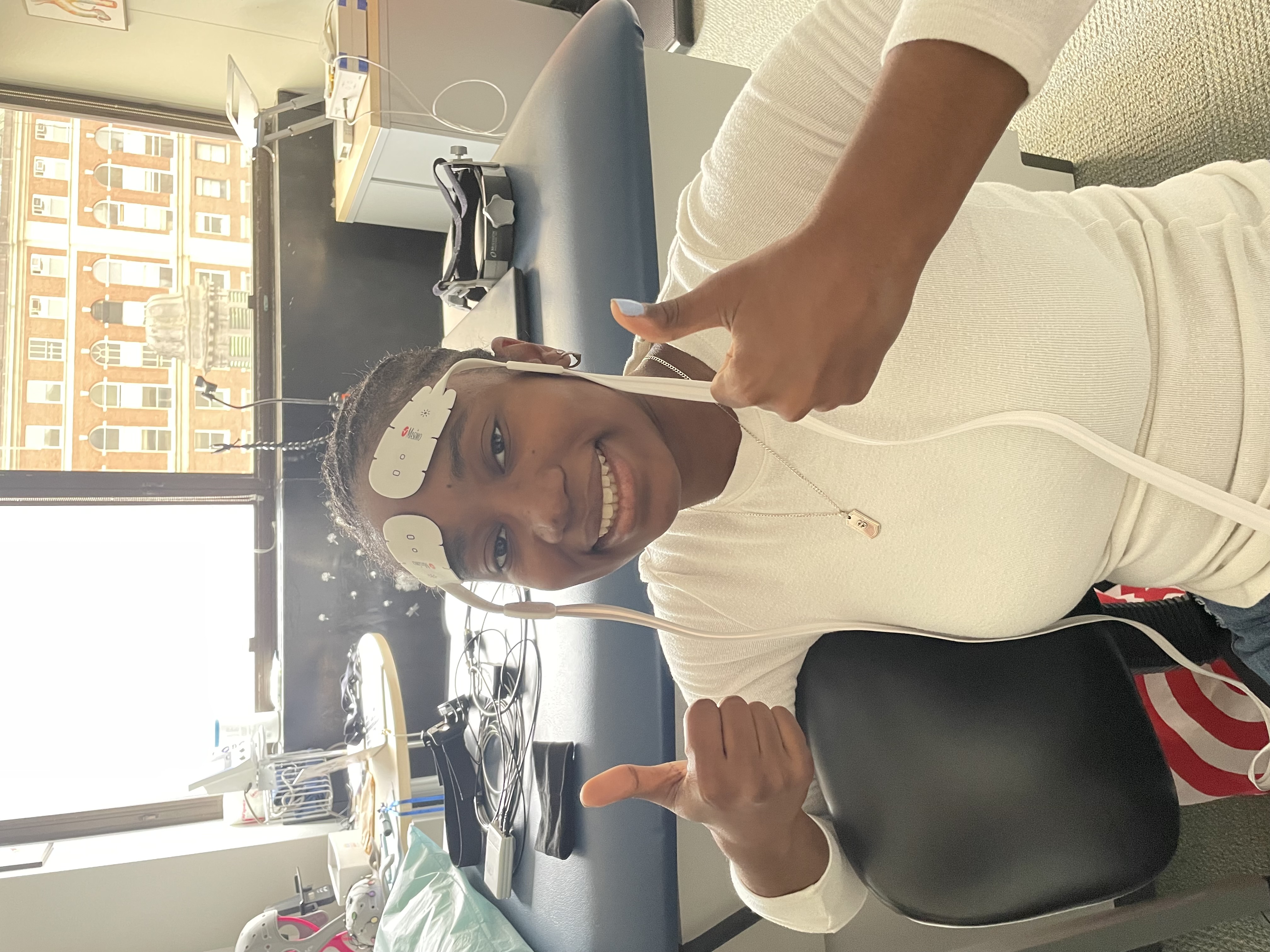Lab Overview
Our mission: to improve heart and brain health with physical activity and exercise – one step at a time, one rep at a time.

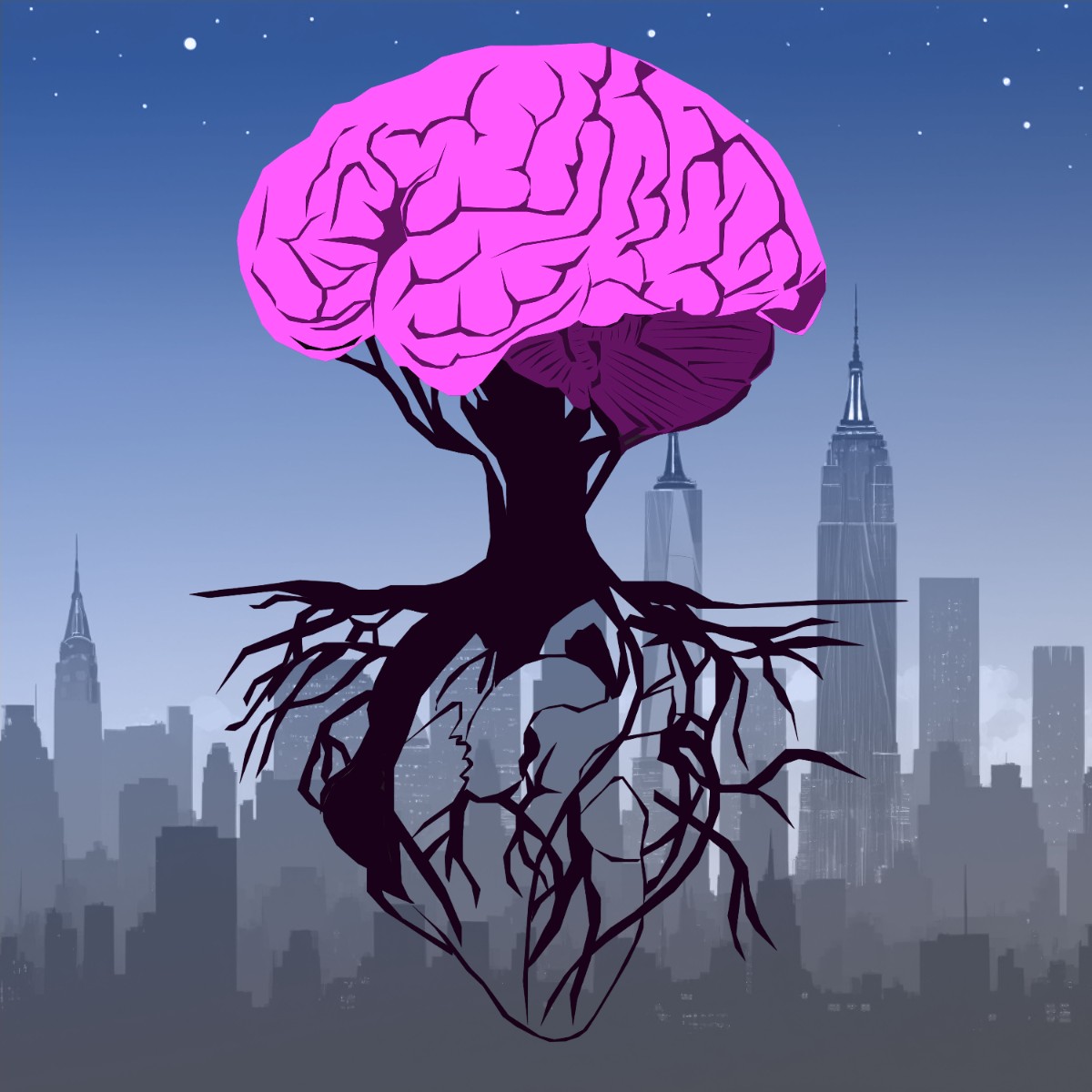
About Our Research
The brain is a high-energy organ requiring a constant blood supply to fuel metabolic demand. With close to 100 billion neurons, 85 billion glial cells, and 400 miles of blood vessels crammed into the skull, the brain’s ability to regulate supply and demand is astonishing. That each neuron is located just 10-20 micrometers away from a blood vessel (that’s the thickness of plastic/cling wrap) reinforces the brain’s vital need for blood flow and oxygen for optimal function. Unfortunately, when supply and demand do not match, brain function is impaired, which may have significant implications for both neurodevelopment in early life and neurodegeneration in later life. Our lab uses an integrative physiology approach to study the critical link between the heart and the brain and how this link changes across the human lifespan. To this end, we focus on the neurovasculome.
What is the Neurovasculome?
The neurovasculome includes the extracranial blood vessels outside the brain (i.e., the aorta and carotid arteries), the intracranial blood vessels inside the brain, the glymphatic (drainage) system, and all of the building blocks of the brain (i.e., neurons, astrocytes, pericytes, microglia, the blood-brain-barrier, etc). Our research has shown that the brain is sensitive not only to the amount of blood flow and oxygen delivered but how that blood flow is received. Elastic arteries ensure optimal blood flow to the brain. With aging, arteries lose elasticity and become stiffer, affecting blood flow and oxygen delivery to the brain. Breakdown of the heart-brain highway with aging reduces cognitive function and overall brain health.
Research Questions
General research questions that help inform our studies include:
1. How does aging (and premature vascular aging) affect the neurovasculome?
2. How does exercise impact the neurovasculome to shape cognitive reserve in young adulthood and maintain cognitive resilience with aging?
3. How does the aging neurovasculome affect physical functions like gait and balance?
4. How can we leverage integrative physiological tools to study and better understand the neurovasculome in humans?
Experiential Learning
Our lab is committed to providing valuable research experiences for the next generation of applied physiologists, neurophysiologists, and neuroscientists. Students in our lab learn how to conduct physiological assessments of cerebrovascular function, cardiac function, autonomic function, neurocognitive function, physical function, body composition, fitness, and general cardiovascular health. With these skills, students can design studies that address important research questions. Students working with Dr. Heffernan (PI) have authored and co-authored over 80 peer-reviewed manuscripts, presented over 90 scientific abstracts at scientific/medical conferences, received over $150K in student research grant support, and won over 30 research awards.
